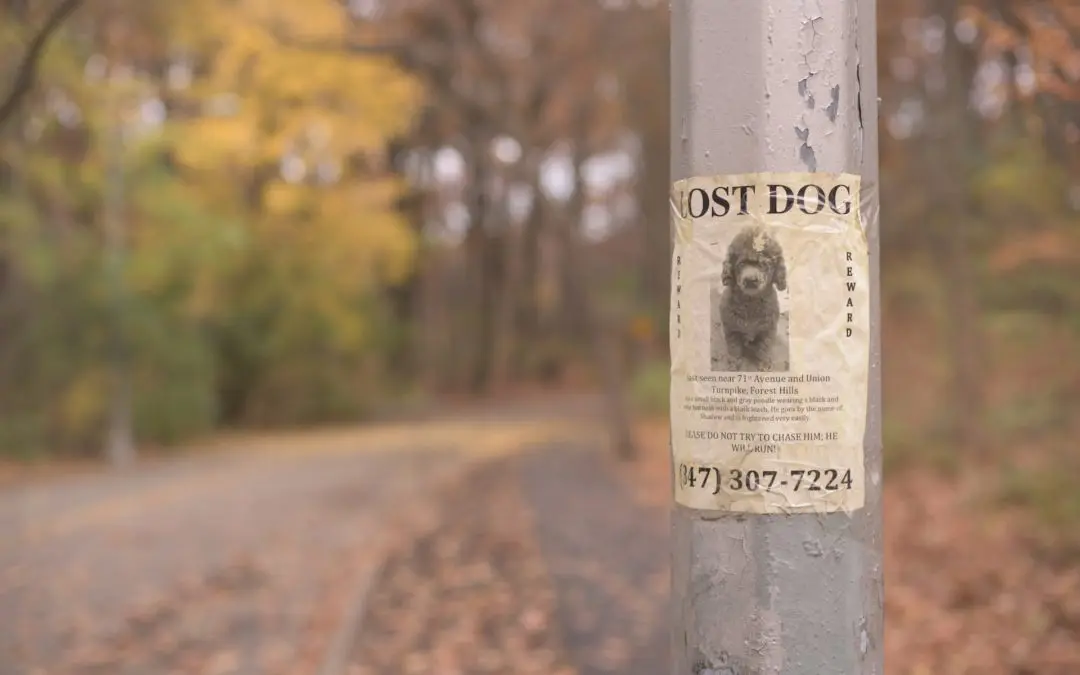We all love our pets. For most of us, our cats, dogs, and other pets are members of our families. They sit on our couches and sleep in our beds, and if they go missing it can be heart-wrenching. While putting up posters, making social media posts, or going door-to-door can help spread the word that your beloved pet is lost, a microchip has a much better chance of bringing them back home.
Is Microchipping Safe?
Microchipping is safe, and it won’t harm your pet at all. During the process, a tiny microchip (also known as a transponder) is injected between your pet’s skin and muscle. The microchip is encased in glass and is about the size of a grain of rice.
When scanned, the microchip uses the scanner’s radio waves to send an identification number to its screen. This identification number can then be used to look up your contact information, so you can be reunited with your pet.
When your pet gets the microchip inserted you will be given the chip number and the manufacturer’s website. Your next step is to register your contact information. The phone number and address you give will be used to contact you if your pet is found, so be sure to keep your registration info up to date!
Some manufacturers will also have a place to add important medical information. This can be important for pets that have urgent needs, like those who are prone to seizures or have allergies.
Luckily for your pet, the insertion of a microchip is only about as painful as their general vaccinations. It can often be done during a routine exam like their yearly checkup. If your pet has a spay or neuter procedure scheduled, it can be done while they are under anesthesia. With so few side effects, the benefit of having a microchip just in case your pet gets lost is a no-brainer.
The Importance of Microchips
No matter how careful you may be, sometimes pets get lost. If a leash fails, or if a dog bolts out of a car or jumps a fence, they might run too far and get lost. Even indoor cats can feel the urge to make a great escape into the wider world. But no matter how your pet gets lost—or even stolen—a microchip is a surefire way to ensure that they have identification.
According to a recent study, dogs are 71% more likely to be returned if they are microchipped, and cats are 63% more likely to be returned. With the success of return rates so high, microchips are extremely important for protecting your pet.
Microchips do not replace a collar and tags, but they are a great backup ID. If your pet ever gets lost, there are many reasons that their tags can go missing. Outdoor cats are especially good at losing their collars, but dogs can slip collars, too. Protecting your pet with a microchip could be what brings them home again.
Microchipping for Pets in Gilbert, Arizona
Getting your pet microchipped is a wonderful decision and the procedure only takes a few minutes. Let the animal-loving staff at East Valley Animal Hospital help you keep your pet safe. If you are wondering if a pet you adopted is already microchipped, or if you wish to microchip a new pet, contact us today.
Images used under creative commons license – commercial use (2/4/23). Photo by Michael Jin on Unsplash.

